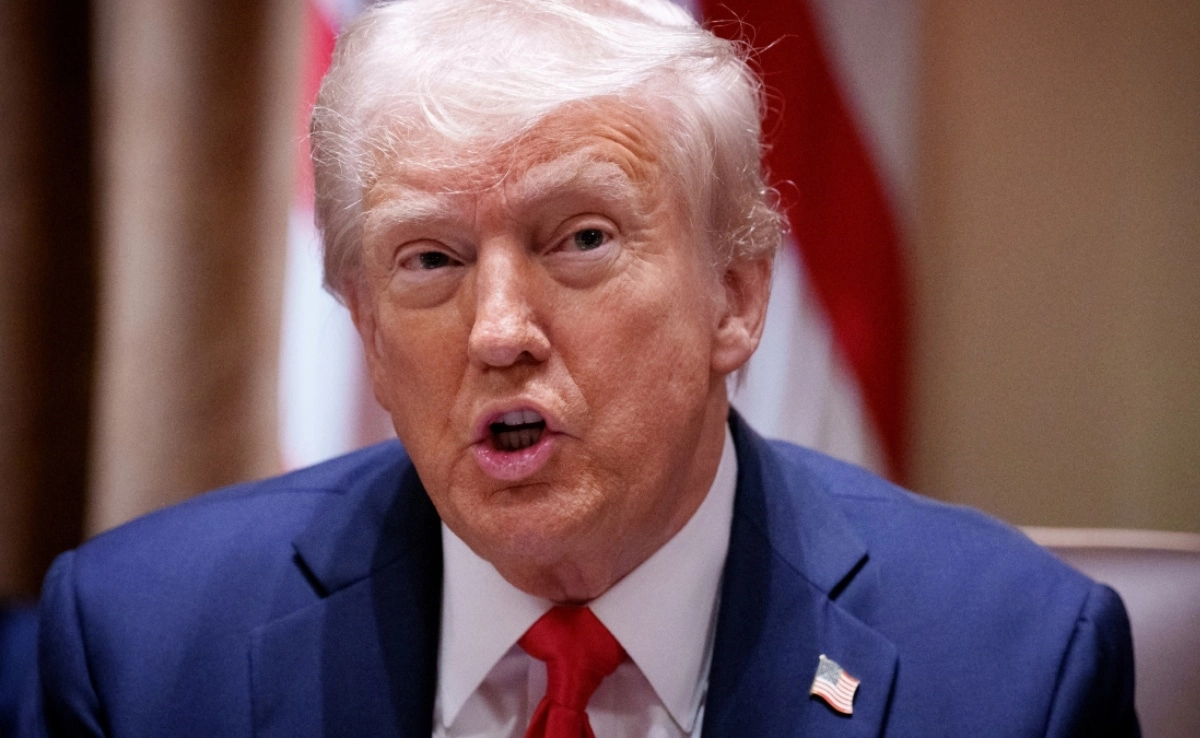Recent satellite imagery has unveiled the significant damage inflicted on two Russian airbases as a result of Ukrainian drone strikes. These aerial assaults not only highlight the ongoing conflict between Ukraine and Russia but also underscore the evolving tactics employed by both sides in modern warfare. The images, which provide a comprehensive overview of the airbases, depict extensive destruction to infrastructure, including aircraft, hangars, and other critical installations. Such damage could potentially hinder Russia’s operational capabilities and disrupt its military logistics in the region.
The analysis of these satellite pictures reveals that the drones have been remarkably effective in targeting key assets. Observers note that the precision of these strikes indicates a level of sophistication in drone warfare that has become increasingly prominent in recent conflicts. The consequences of these attacks extend beyond immediate physical damage; they may also have psychological ramifications for Russian forces, potentially affecting morale and strategic planning. As Ukraine continues to adapt to the challenges posed by the ongoing war, the use of drones represents a significant shift in how military engagements are conducted.
Moreover, the implications of this damage are far-reaching, affecting not just the immediate operational capabilities of the Russian military but also the broader geopolitical landscape. The success of Ukrainian drones in penetrating Russian defenses could encourage further innovation in drone technology on both sides. As nations around the world observe these developments, the effectiveness of unmanned aerial vehicles in combat scenarios may prompt a reevaluation of military strategies globally. This situation exemplifies how technological advancements can influence the dynamics of warfare, compelling nations to adapt to new realities on the battlefield. The conflict between Ukraine and Russia serves as a case study for the future of military engagements, where drones play an increasingly pivotal role.




